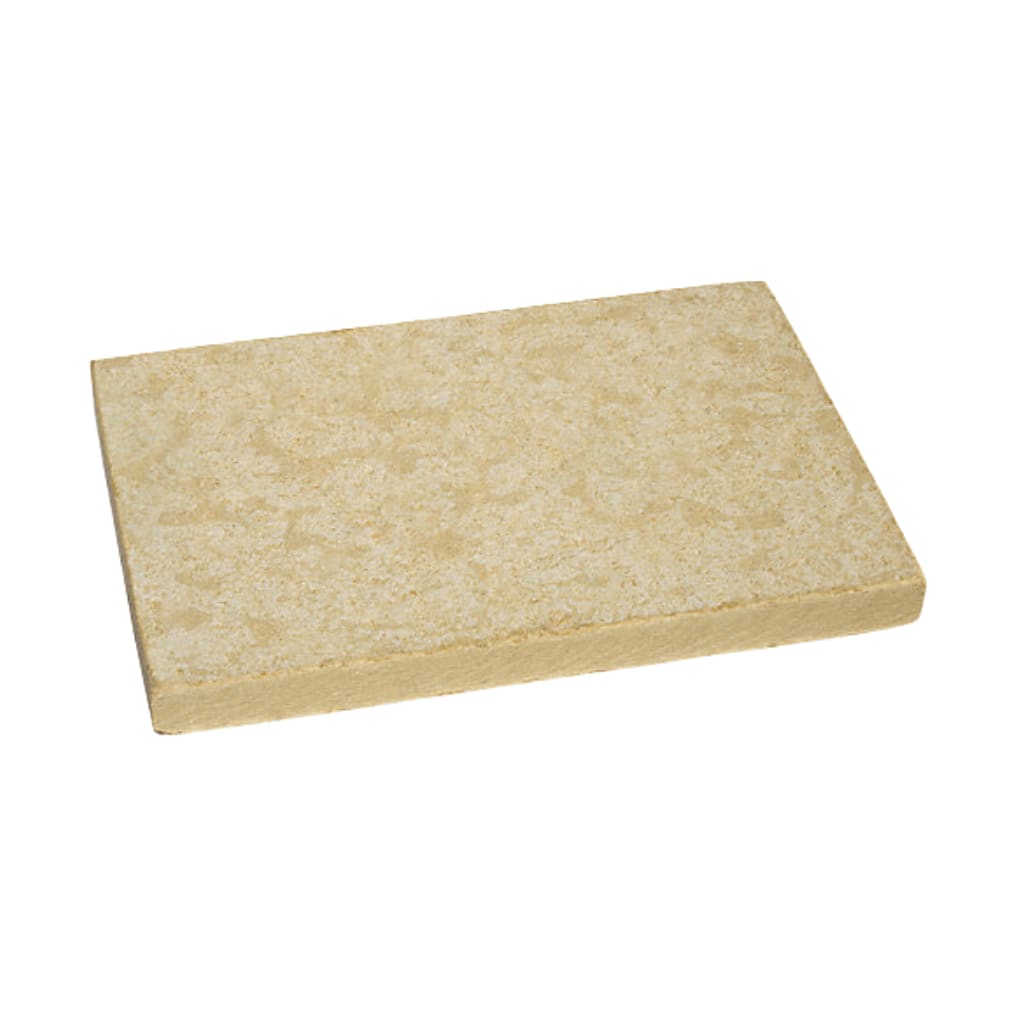Cement Particle Board
(6 Products)In the construction industry, the term 'Cement Particle Board' is often thrown around incorrectly to describe a host of products. In reality, Cement Particle Board is a type of building or construction board, which is used for sheathing the external envelope of buildings, render carriers and tile backing. Boasting excellent drying and load-bearing properties, CPB can be used in a wide range of facades - in both metal and timber frame building structures.
What Is Cement Particle Board?
Cement particle board, also known as cement board or cementitious backer board, is a building material used in construction and renovation projects.
It is primarily used as a substrate for tile and other types of finish materials in areas where moisture and durability are a concern, such as bathrooms, kitchens, and exterior wall cladding.
Thanks to its excellent drying properties it can also be applied in areas continually exposed to moisture such as showers, although to err on the side of caution, we recommend brushing a liquid waterproofing membrane on top of the cement board when installing it into wet areas.
What Is Cement Particle Board Used For?
Cement board is primarily used in construction and renovation projects for various applications, including as an underlayment for flooring, as a base for tile installations, and as a substrate for siding and cladding.
Suitable for both external and internal use, it is most typically applied in ceilings, floors, insulation and wall partitioning.
It can also be used to:
- Create countertops
- Complete floor tile and stone installations over structural subfloors
Please note - not all CP products can be used as tile backing boards for plaster and render.
Cement Particle Board Key Features & Benefits
- Greater longevity in comparison to paper-faced gypsum core products
- Won't degrade when exposed to moisture/leaks
- Polymer-modified cements allow flexibility for curved surfaces
- Excellent drying properties
- Low maintenance
- Weather-resistant properties
- Achieves a Euro Class A1 Fire Rating
Frequently Asked Cement Particle Board Questions
Cement Boards Vs Fibre Cement Boards - What's The Difference?
The two main types of cement boards are Fibre Cement Board (FCB) and Cement Bonded Particle Board (CBPB). Fibre cement board is typically applied as a siding or backer board. While regular cement backer boards are often used as a tile backer alone.
Unlike cement boards which are reinforced with treated wood flakes, cement fibre boards are reinforced with cellulose fibres (a plant extract). As can be inferred by their name, they both utilise cement as a binder.
When it comes to load-bearing capacity, cement boards are able to withstand greater weight than cement fibre boards. For this reason, cement fibre boards tend to be used decoratively.
Unlike timber cladding, fibre cement cladding boards are fade resistant as well as resistant to rot, mould and insect attack.
The boards are composed of cellulose, sand, synthetic fibres, cement and water and are often supplied in a range of colours from light grey to sage green to easily accommodate your chosen aesthetic. The natural aesthetics of the material is further enhanced by the variations in tone, with flecks and specks being a common feature in its appearance.
Wet weather conditions may cause temporary changes to the boards' appearance but this will quickly revert once they have dried out.
How Can I Cut Cement Board?
Because of its tough composition, cutting cement board must be done with carbide-tipped tools and saw blades. We also recommend pre-drilling fasteners.
Fibre cement boards can be cut using a wet saw and a respirator.
How To Hang Cement Board?
We advise that the manufacturer's guidance be consulted – some come with compatible fixings and accessories that are required if a warranty is to be provided.
Is Cement Board Waterproof?
While they are water resistant and unaffected by water exposure, this is for limited periods of time only – typically 3 to 6 months exposed externally, but it varies from product to product.
Cement boards are not entirely waterproof; water is still able to penetrate the boards. To waterproof the boards, it is suggested that you apply a liquid/membrane waterproofing material over the board's surface.
What Is The Function Of Each Material In Cement/Fibre Cement Boards' Production Process?
- Cellulose fibre: functions as a filler
- Water: dissolves the wood pulp; instigates the hydration process (hardening) of the cement
- Cement: binds the materials together
- Sand: responsible for weather-resistant and drying properties
How Can I Ensure Cement Boards Are Supported & Aligned Throughout Installation?
To ensure symmetry and proper alignment when installing cement boards as decorative cladding products, we recommend using aluminium profiles such as wall cladding starter strips.
However, if you are using the boards as simple sheathing or tile backing, the use of a laser or spirit level and packers for any required joint gaps will be sufficient.
If using CP in an external application such as a render carrier or sheathing behind cladding, consideration should be given to using a perforated closure trim which encourages airflow whilst preventing moisture build-up and insect attack within the system.
For other building board products, simply navigate the useful links under the 'Other Boards' header which can be found under the plasterboard and drylining category on our site homepage.


